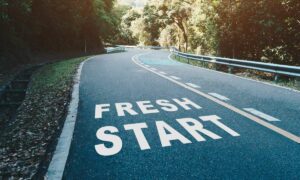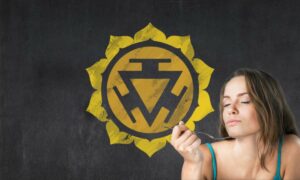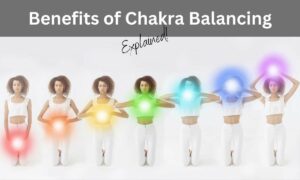What are Reiki Symbols? They’re not magical hieroglyphics or secret codes to unlock the mysteries of the universe (unfortunately).
But they are powerful tools used by Reiki practitioners to enhance their healing abilities.
In this article, we’ll dive into the meanings behind these symbols and how they can aid in your spiritual journey. Keep reading to become a Reiki symbol master!
To learn more about these symbols and how to use them effectively, consider exploring this comprehensive Reiki course on Udemy.”
Cho Ku Rei
Cho Ku Rei is the first symbol that a practitioner learns, traditionally in the 2nd Degree. Still, some, like myself, were taught during a 1st Degree Lecture, It means, “Placing all the powers of the Universe here,” and is known as the Power Symbol.
It acts as a “power booster” if you will, by increasing the flow of energy and intensifying the other Reiki Symbols when they are used together.
When you draw Cho Ku Rei, you are telling the Universe, “X marks the spot, please direct your healing light here.” Although the symbol can be used anytime during a session, the practitioner will draw this symbol before they start the healing and then again when the healing session is over.
This seals the energy within you, allowing it more time to do what it needs to do. This all-around protection symbol clears negative energies and low vibrations, making it perfect for:
• Use it as a meal blessing. Make your food more nutritious by removing negative energy.
• Use medications to help them work more efficiently and reduce side effects.
• Empowering affirmations. Make the Law of Attraction work for you.
• Improving personal and business relationships.
Se He Ki
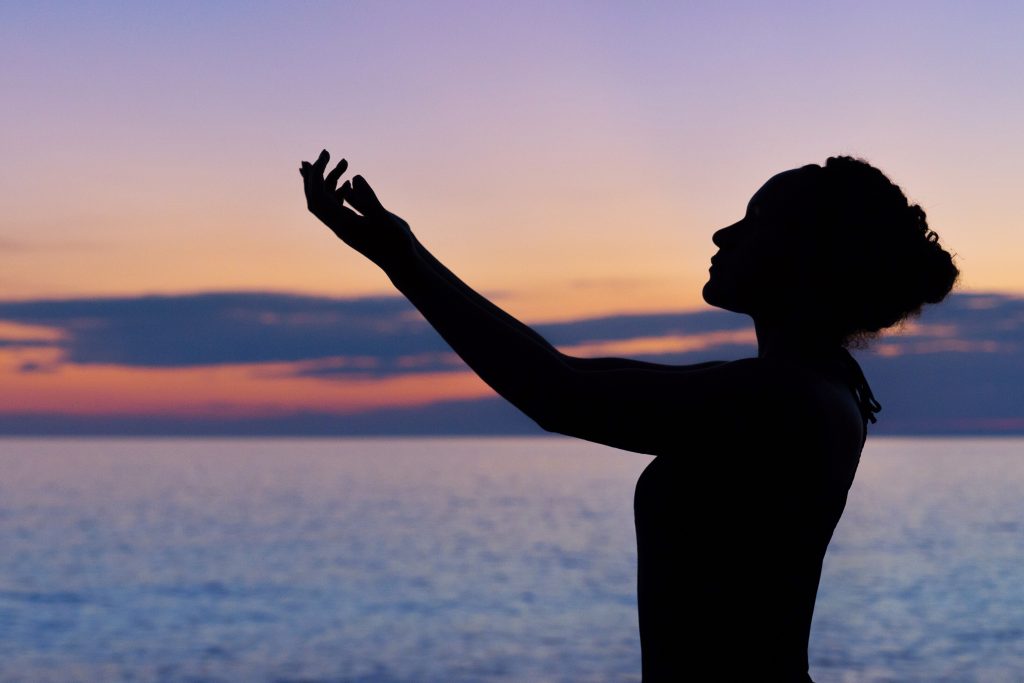
The second symbol used in Reiki is Se He Ki which means, “The earth and the sky meet” or “God and Man become one.” With its protective, clearing, purifying, and balancing properties, it is also known as the Protection Symbol.
Where there is physical or mental dis-ease, you will find, often deep-rooted, an emotional (subconscious) reason for it. Se He Ki draws down the more subtle, gentle energies to work on both your conscious and unconscious mind for mental and emotional healing thereby;
• Improving memory.
• Eliminating bad habits.
• Improving relationships.
• Relieving headaches (see article; How Reiki Can Help People with Migraines)
Hon Sha Ze Sho Nen
The Distance Healing Symbol provides practitioners with the power to heal through time and space.
Hon Sha Ze Sho Nen means “having no present, past or future.” It can not change past events, obviously, but it can help to heal it. This symbol is one of the most powerful as it works on a person’s aura and chakras, not the physical body.
• Most healers have their method of performing remote healing. They learn one or two techniques and use what resonates with them most.
Have you ever had someone say to you “…sending healing thoughts”? That is precisely what we are doing, sending healing thoughts with the healing light of the Universe guiding it along.
Basic Distance Healing
I always start with grounding myself to clear my energy and set my intention before I begin healing.
You will need a pen and paper.
1. At the top of the page, draw Cho Ku Rei to activate its energy.
2. Below that, write the name of who or what the healing is intended.
3. Draw Hon Sha Ze Sho Nen, three times.
4. Meditate on the healing.
5. When you are ready, draw Cho Ku Rei at the bottom of the page, one more time to close the session.
6. Clap your hands to sever the connection.
Distance healing is the perfect way to give and receive healing when you physically can not be there.
I do recommend, though, that if you are looking for physical healing, it is best to see a practitioner in person.
Dai Ko Myo
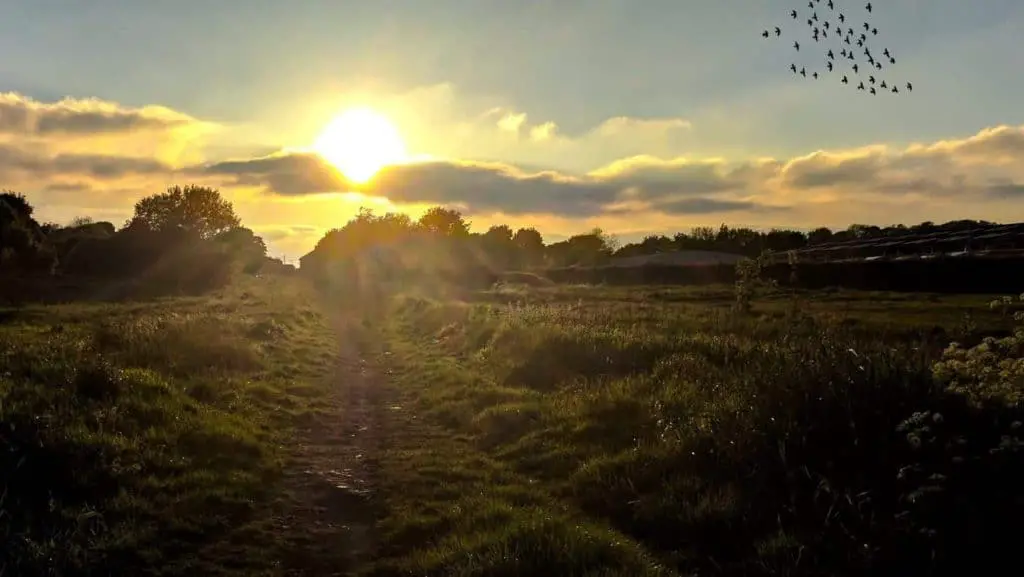
Only used by Reiki Masters, this final symbol is by far, the most powerful – the “Master” of them all.
It holds the power of the first three Reiki symbols; Cho Ku Rei, Se He Ki, and Hon Sha Ze Sho Nen.
This symbol vibrates at the highest frequency, working on those subtle energies and bringing about a real spiritual change…a Soul healing.
Dai Ko Myo means “Great Enlightenment” or “Bright Shining Light,” and Masters use it for all-purpose healing and empowerment.
The Reiki Master also uses it to attune other practitioners.
By focusing the energy and opening a channel in the Crown Chakra, the student is able to see their higher self, their true being, and nature and healing the very core of their soul.
So, when we heal our spirit, the mind and the body organically follow suit.
As an all-purpose healer, Dai Ko Myo is used in many other situations; this is just a few:
• Increases energy flow throughout the body, boosting immunity.
• Use it to charge your crystals or to intensify the effects of your healing herbs and medicines.
• Enhances intuition and psychic abilities.
• Heightens the connection between Reiki Practitioner and the Universe.
• Balances Chakras and heals any corresponding dis-ease.
• Spiritual development, meditation, self-improvement.
Reiki Healing has evolved over the centuries and will probably continue to do so.
When you come across the varying techniques, remember to be kind and respectful, there is no right or wrong way to use the energy as long as your intent is pure and good.
Reiki is about just that, peace, love, and joy – Just for Today.
reiki 2nd degree symbols
Reiki 2nd-degree symbols include Cho Ku Rei, which is known as the power symbol and is used to boost energy, and Sei Hei Ki, which is known as the harmony symbol and is used for emotional and mental healing.
These symbols are typically taught during Reiki Level 2 training4. There are various resources available, including videos, that explain how to use these symbols.
The 5 Principles of Reiki
Just for today…I will not worry.
Just for today…I will not be angry.
Just for today…I will be grateful.
Just for today…I will do my work honestly.
I will be kind to every living thing
- ❥High-quality Material:4″x4″ Square ceramic tile, L4″x W1.8″ Wooden Stand. It beautifully and safely packaged, comes with a smooth and sturdy wooden stand in a sweet gift box with shredded paper.
The Role of Reiki Symbols in Different Cultures
let’s take a global tour and see how these symbols are perceived and used in different cultures. It’s truly fascinating to see how a universal healing system like Reiki adapts and evolves across cultural contexts.
- Japanese Culture: Given that Reiki originated in Japan, it’s no surprise that Reiki symbols hold a significant place in Japanese culture. The symbols are deeply intertwined with the country’s spiritual and philosophical traditions, particularly Shintoism and Buddhism. For instance, Cho Ku Rei is often used in purification rituals, while Se He Ki is associated with emotional healing and balance.
- Western Cultures: In Western cultures, Reiki and its symbols have been embraced as a form of complementary and alternative medicine. The symbols are often used in conjunction with other healing modalities, such as massage therapy, acupuncture, and yoga. Dai Ko Myo, the Master Symbol, is particularly revered in these cultures for its potential to facilitate deep spiritual transformation.
- Indian Culture: In India, Reiki is often integrated with the country’s ancient Ayurvedic healing system. The Reiki symbols are seen as tools to balance the body’s energy centers or chakras. For example, Hon Sha Ze Sho Nen is often used in distance healing to align and balance the chakras.
- African Cultures: In various African cultures, Reiki is viewed as a form of spiritual healing that complements traditional African medicine. The symbols are used to channel universal life force energy to promote physical, emotional, and spiritual well-being.
While the use and interpretation of Reiki symbols may vary across cultures, the underlying principle remains the same: they are tools to channel and focus universal life force energy for healing and transformation. In the next section, we’ll look at what science has to say about the effectiveness of Reiki healing. Stay with us!
Common Misconceptions and Myths about Reiki Symbols
Let’s shine a light on these misunderstandings and reveal the true essence of these powerful healing tools.
- Myth 1: Reiki Symbols are Magic: One of the most common misconceptions is that Reiki symbols are some kind of magical signs that can bring about instant healing or manifest desires. While it’s true that these symbols are powerful tools in the Reiki practice, they are not magic. They serve as a focus point for the practitioner to channel the universal life force energy, but the healing process still depends on the individual’s openness and readiness to receive this energy.
- Myth 2: You Must Be a Reiki Master to Use the Symbols: While some symbols, like Dai Ko Myo, are traditionally used only by Reiki Masters, the other symbols can be used by anyone who has been attuned to them. The attunement process, which is usually conducted by a Reiki Master, is what enables a practitioner to use these symbols effectively.
- Myth 3: The Symbols Must Be Drawn Perfectly: Some people believe that the symbols must be drawn perfectly for them to work. However, the intention behind drawing the symbol is more important than the precision of the drawing. The symbols are merely a tool to help focus your intention to heal.
- Myth 4: Reiki Symbols are Religious Symbols: While Reiki symbols have spiritual significance, they are not tied to any specific religion. Reiki is a spiritual healing practice that can be used by individuals of any faith or belief system.
Remember, the power of Reiki symbols comes from the universal life force energy that they help channel, not from the symbols themselves. They are tools to help us connect with this energy and direct it for healing and transformation. In the next section, we’ll provide some guidelines for beginners who are just starting their journey with Reiki symbols.
Guidelines for Beginners
As we conclude our deep dive into the world of Reiki symbols, let’s focus on some essential guidelines for those of you who are just embarking on your Reiki journey. Remember, every master was once a beginner, so there’s no need to feel overwhelmed. Let’s get started!
- Embrace an Open Mind: Reiki is a spiritual healing practice that channels universal life force energy. It might be a new concept, especially if you’re more familiar with Western medical practices. So, approach it with an open mind and a readiness to learn.
- Undergo Attunement: To effectively use the Reiki symbols, including the Reiki second degree symbols and Reiki Master symbols, you need to undergo an attunement process. This process, conducted by a Reiki Master, transfers the ability to channel Reiki energy to the student. It’s a profound, often transformative experience.
- Consistent Practice: Like any other skill, proficiency in Reiki improves with regular practice. Regular practice will help you become more attuned to the energy and understand how to use the Reiki signs effectively.
- Symbols as Tools: Remember, the Reiki symbols are not magical. They are tools that help you focus your intention and channel the universal life force energy. This includes the 2nd Reiki symbol, second degree Reiki symbols, and others.
- Trust Your Intuition: Each person’s experience with Reiki is unique. Trust your intuition and let it guide you in how to use the symbols. If a certain symbol, such as Hon Sha Ze Sho Nen, resonates with you more than others, feel free to use it more often. You can even learn Hon Sha Ze Sho Nen how to draw it correctly to enhance your practice.
- Respect the Practice: Reiki is a sacred practice that deserves respect. When you use the Reiki symbols and how to use them, do so with a sense of reverence and gratitude for the healing they can facilitate.
- Never Stop Learning: The world of Reiki is vast, and there’s always more to learn. Don’t stop at the basics. Continue learning, explore different techniques, and consider getting further attunements, including those involving Reiki 2nd degree symbols.
- Sahu, Rohit (Author)
- English (Publication Language)
- 196 Pages – 11/08/2021 (Publication Date) – Independently published (Publisher)
Remember, your journey with Reiki is a personal one. There’s no right or wrong way to do it. As long as your intention is pure and you respect the practice, you’re on the right path. To learn more about these symbols and how to use them effectively, consider exploring this comprehensive Reiki course on Udemy. Happy healing!





